Tourist markets somehow manage to infiltrate every guidebook and travel blog, promising authentic local culture and incredible bargains. Yet the reality often hits like a bucket of cold water when you realize most of these ‘must-visit’ spots exist purely to drain your wallet rather than offer genuine cultural experiences.
Don’t waste your precious travel time getting let down by these overrated spots. Here’s a list of 15 tourist markets that consistently fail to deliver on their promises.
Portobello Road Market, London
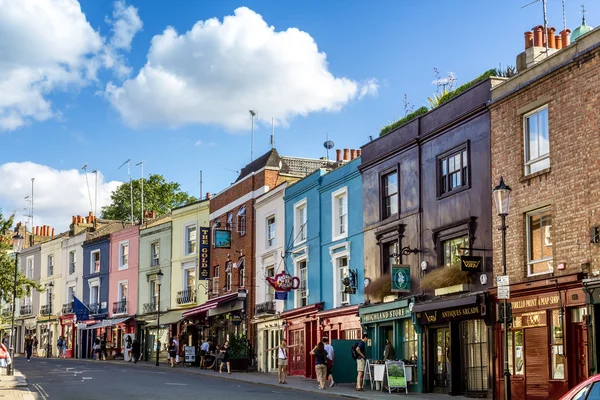
This famous Notting Hill market feels less like a charming antique paradise and more like an overpriced outdoor mall. Most vendors aren’t selling genuine antiques or vintage finds — they’re pushing mass-produced rubbish at inflated prices.
You’ll spot the same ‘handmade’ jewelry at multiple stalls, while a simple painted coconut shell that costs 100 baht elsewhere will set you back 400 baht here. Gentrification has completely gutted what used to be an authentic local market, leaving behind a tourist-friendly shell that actual locals won’t go near.
Damnoen Saduak Floating Market, Thailand
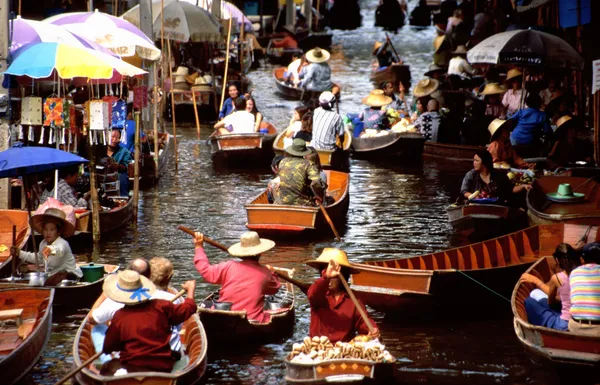
This floating market has earned its reputation as the ultimate tourist trap, with boat rides costing up to 9,500 baht for what should be a simple canal tour. Most boats carry tourists rather than actual vendors, while the few remaining sellers push overpriced souvenirs instead of local produce.
The whole experience feels staged and commercialized — vendors aggressively hawk their wares every few meters while your boat driver makes unwanted stops at tourist shops. One visitor summed it up perfectly: ‘100% tourist trap’ where ‘99% is just souvenir shops.’
Like Travel Pug’s content? Follow us on MSN.
Temple Street Night Market, Hong Kong
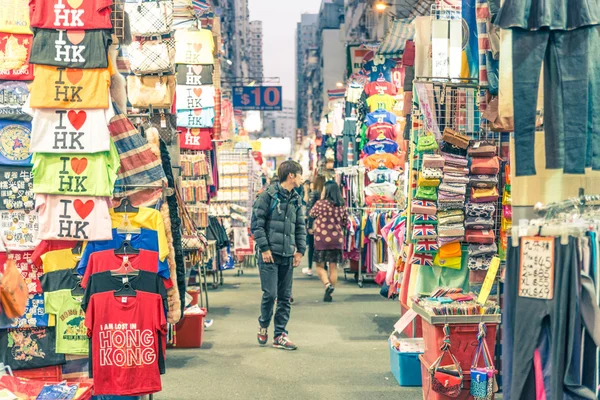
This once-authentic street market has deteriorated into a collection of stalls selling identical fake electronics and tourist t-shirts at inflated prices. Street food that should be affordable costs more than proper restaurant meals, though the atmosphere feels completely commercialized.
Most locals avoid shopping here — they know it’s where tourists go to get ripped off. The market primarily sells counterfeit branded goods at prices that suggest vendors believe tourists are completely unaware of value.
La Boqueria Market, Barcelona

While the food looks perfect for Instagram, this market prioritizes photo opportunities over actual shopping or eating. Prices are severely inflated compared to other Barcelona markets, and many vendors cater exclusively to tourists rather than locals.
The fresh fruit juice stalls charge premium prices for what you can get much cheaper elsewhere in the city. Meanwhile, the crowds make it nearly impossible to enjoy the experience — you’ll spend more time being jostled than appreciating any supposed culinary culture.
Covent Garden Market, London
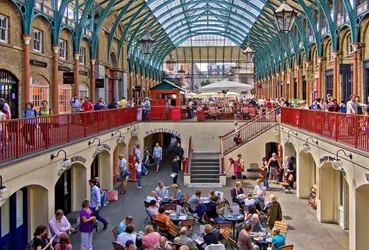
This former flower market has transformed into an expensive tourist destination where everything costs at least double what it should. The charming Victorian architecture can’t disguise the fact that most stalls sell overpriced crafts and souvenirs that you can find cheaper elsewhere.
Street performers create more chaos than entertainment, though the restaurants charge West End prices for mediocre food. Locals use it as a shortcut rather than a shopping destination, which tells you everything about its authenticity.
Like Travel Pug’s content? Follow us on MSN.
Pike Place Market, Seattle
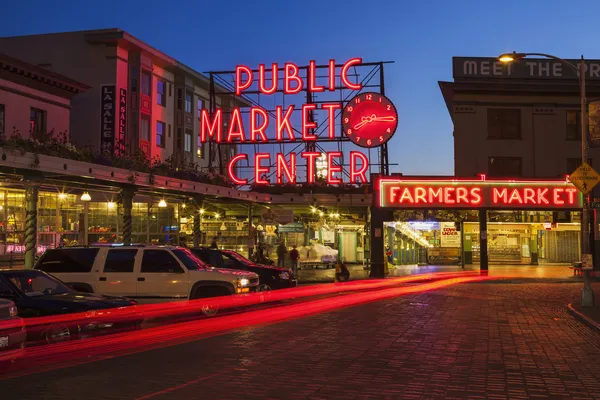
Beyond the famous fish-throwing spectacle, this market offers little that justifies the crowds and inflated prices. Most vendors sell tourist-oriented merchandise rather than local products, while the restaurants charge premium prices for standard fare.
The original charm has been overwhelmed by commercial tourism, turning what should be a local market into an expensive photo opportunity. Visitors often leave wondering what all the fuss was about after paying Seattle prices for average market food.
Chinatown Markets, San Francisco
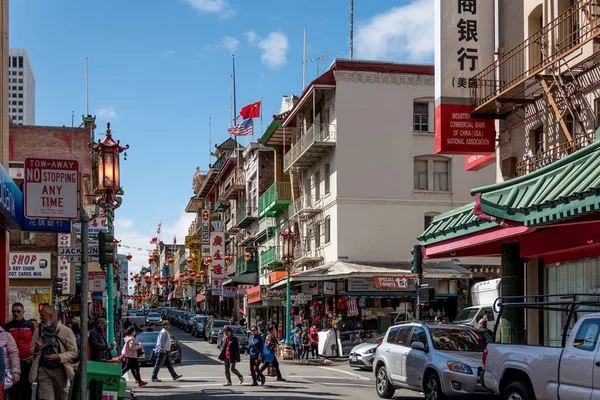
These markets focus more on selling cheap souvenirs than providing authentic Chinese culture or products. Most items are mass-produced imports that you can find at any tourist shop, yet they’re marked up significantly because of the location.
The food courts serve Americanized versions of Chinese dishes at tourist prices rather than authentic cuisine. The atmosphere feels contrived — designed more for tour groups than people seeking genuine cultural experiences or quality products.
Borough Market, London
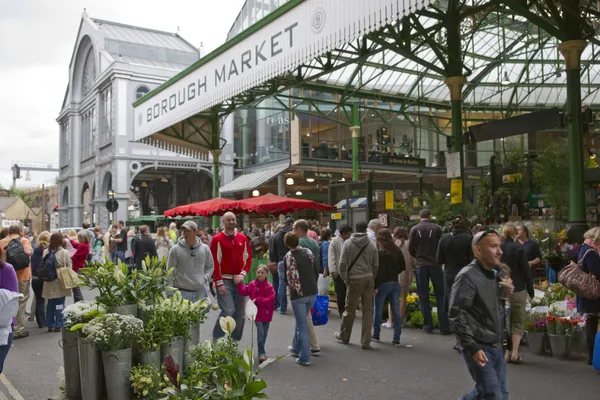
Though the food quality can be excellent, prices have reached absurd levels that price out everyone except affluent tourists and food bloggers. What used to be a working market for locals has become a weekend attraction, where everything costs two to three times the normal market price.
The crowds make it nearly impossible to shop comfortably, while many vendors seem more interested in creating Instagram moments than serving customers. It’s become a victim of its success, losing authenticity while chasing tourist revenue.
Like Travel Pug’s content? Follow us on MSN.
Chatuchak Weekend Market, Bangkok
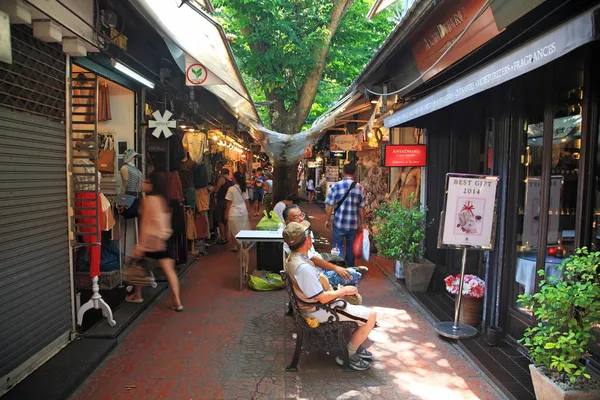
Despite its massive size, much of this market sells identical mass-produced items you’ll find at every other tourist market in Thailand. Vendors often quote inflated prices to foreigners, though the sheer size means you’ll waste hours walking around looking for anything unique.
The heat and crowds make the experience more of an endurance test than a shopping adventure. Many sections cater specifically to tourists, offering overpriced handicrafts that locals would never touch.
Spice Bazaar, Istanbul
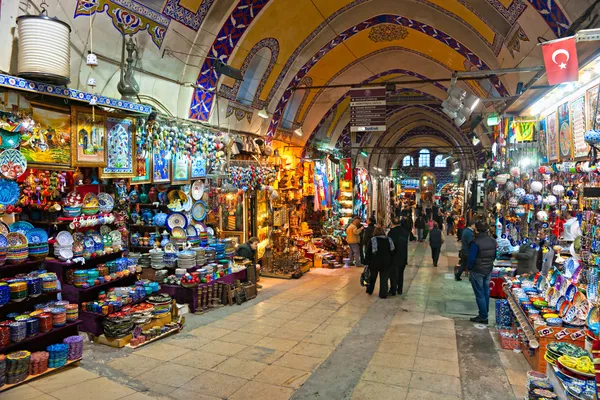
The Egyptian Bazaar promises exotic spices and Turkish delights, yet delivers mostly tourist-targeted products at inflated prices. Many spices are pre-packaged and overpriced compared to regular grocery stores, while the Turkish delight often tastes mass-produced rather than fresh.
Vendors use aggressive sales tactics and often add items to your bag without asking, then demand payment for products you didn’t want. The experience feels more like running a gauntlet than exploring a spice market.
Night Bazaar, Chiang Mai
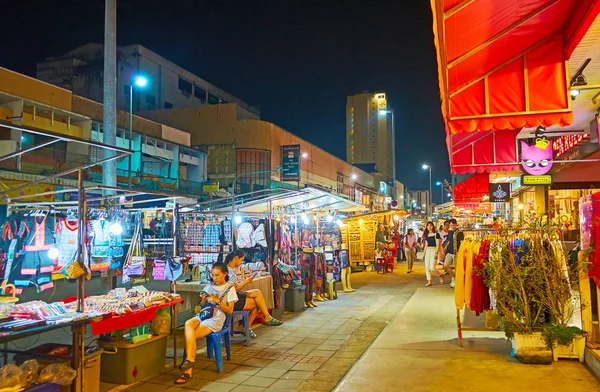
This market has lost much of its authentic northern Thai character while embracing the same tourist merchandise found throughout Thailand. Prices get inflated for foreigners, though most handicrafts are mass-produced rather than locally made.
The food courts serve tourist-friendly versions of Thai dishes at higher prices than local restaurants. The atmosphere feels manufactured for tour groups rather than representing genuine local culture.
Like Travel Pug’s content? Follow us on MSN.
Central Market, Kuala Lumpur
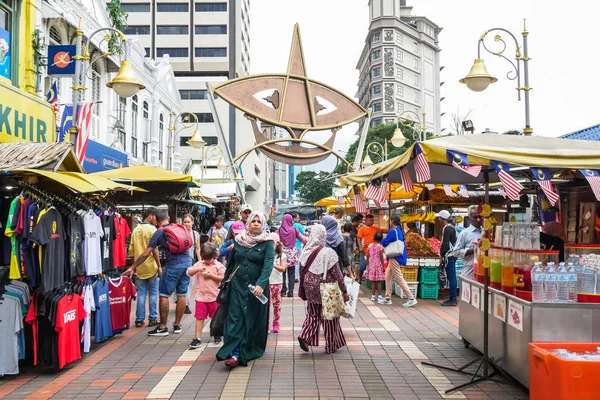
What bills itself as a cultural market mostly sells mass-produced souvenirs and knockoff goods at tourist prices. The air conditioning and clean environment come at the cost of authenticity — it feels more like a shopping mall than a traditional market.
Most vendors cater exclusively to tourists, with prices that would shock locals. Meanwhile, the cultural performances feel staged rather than spontaneous, adding to the theme park atmosphere.
Monastiraki Flea Market, Athens
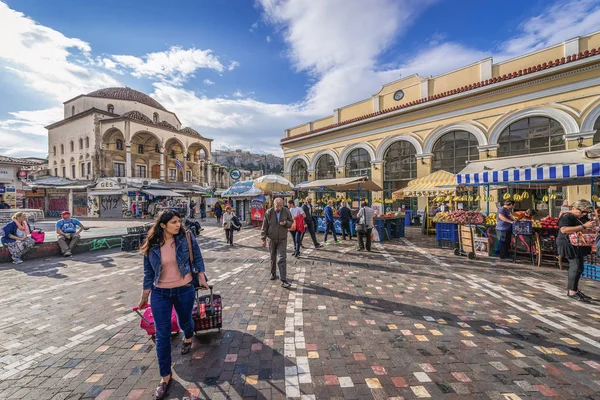
This market promises antiques and unique finds, yet mostly delivers tourist souvenirs and reproduction items sold as authentic pieces. Prices are inflated significantly compared to other parts of Athens, while many vendors make questionable claims about item authenticity.
The market has become more about separating tourists from their euros than preserving Greek culture or offering genuine antiques. Locals shop elsewhere for actual bargains or authentic items.
Artisan Market, Cusco

Though the setting near Machu Picchu is spectacular, this market sells mostly mass-produced ‘Peruvian’ crafts that are made elsewhere. Vendors quote different prices depending on your nationality — gringos pay significantly more than locals for identical items.
The alpaca wool products are often synthetic blends sold as pure alpaca at premium prices. The market feels more like an outdoor souvenir shop than a showcase of genuine Peruvian craftsmanship.
Like Travel Pug’s content? Follow us on MSN.
Souq Waqif, Doha
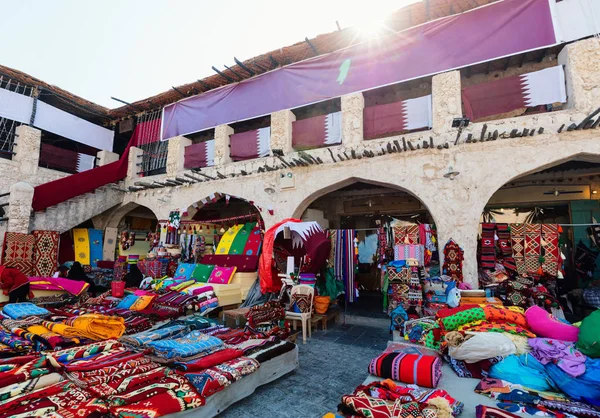
This reconstructed traditional market feels more like a theme park version of an Arabian bazaar than an authentic cultural experience. Everything is overpriced for tourists, while most merchandise is imported rather than locally produced.
The vendors are more interested in photo opportunities with tourists than actually selling quality goods at fair prices. The artificial atmosphere makes it clear that this market primarily exists for tourism, rather than serving any local commercial purpose.
The Reality Behind the Marketing
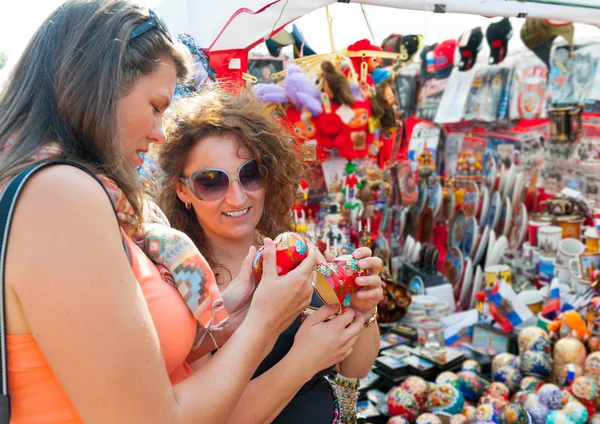
These markets represent a troubling trend in which authentic local commerce is replaced by tourist-focused businesses that prioritize profit over cultural authenticity. The sad irony? Most cities have genuine local markets where residents shop, yet tourists get steered toward these expensive alternatives instead.
Real cultural experiences exist — they’re just rarely the ones with the biggest marketing budgets or the most prominent locations in guidebooks.
More from Travel Pug

- 20 Best Beach Towns in the Carolinas
- 13 Destinations Where Tourists Regularly Regret Their Trip
- 20 Things You Actually Get in First Class
- 20 Small Airports With Aviation Museums
- 20 Places in the U.S. That Are Perfect for a Reset Trip
Like Travel Pug’s content? Follow us on MSN.
